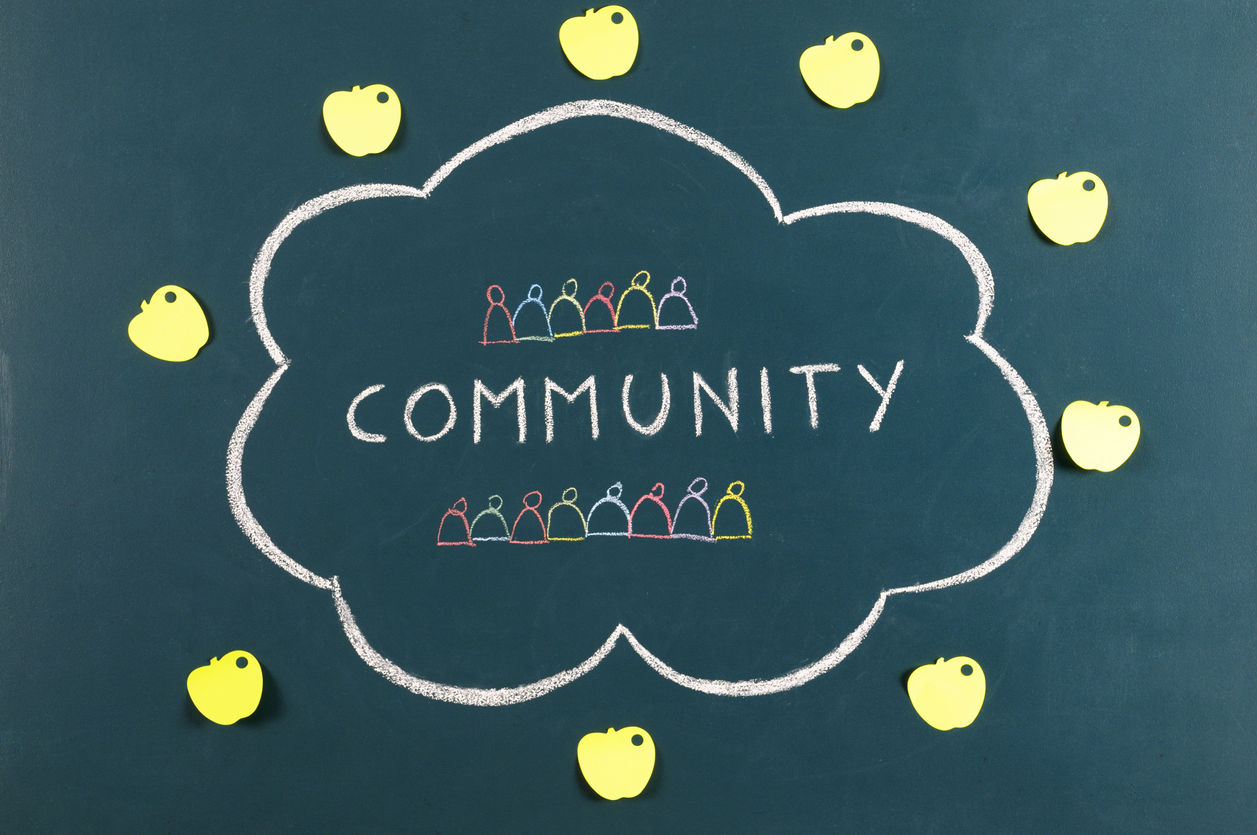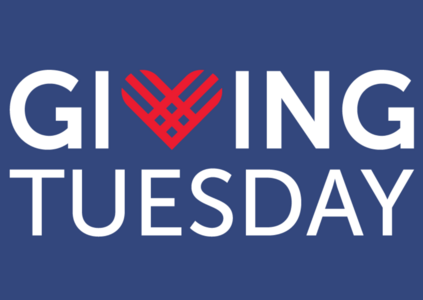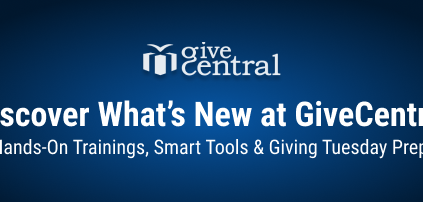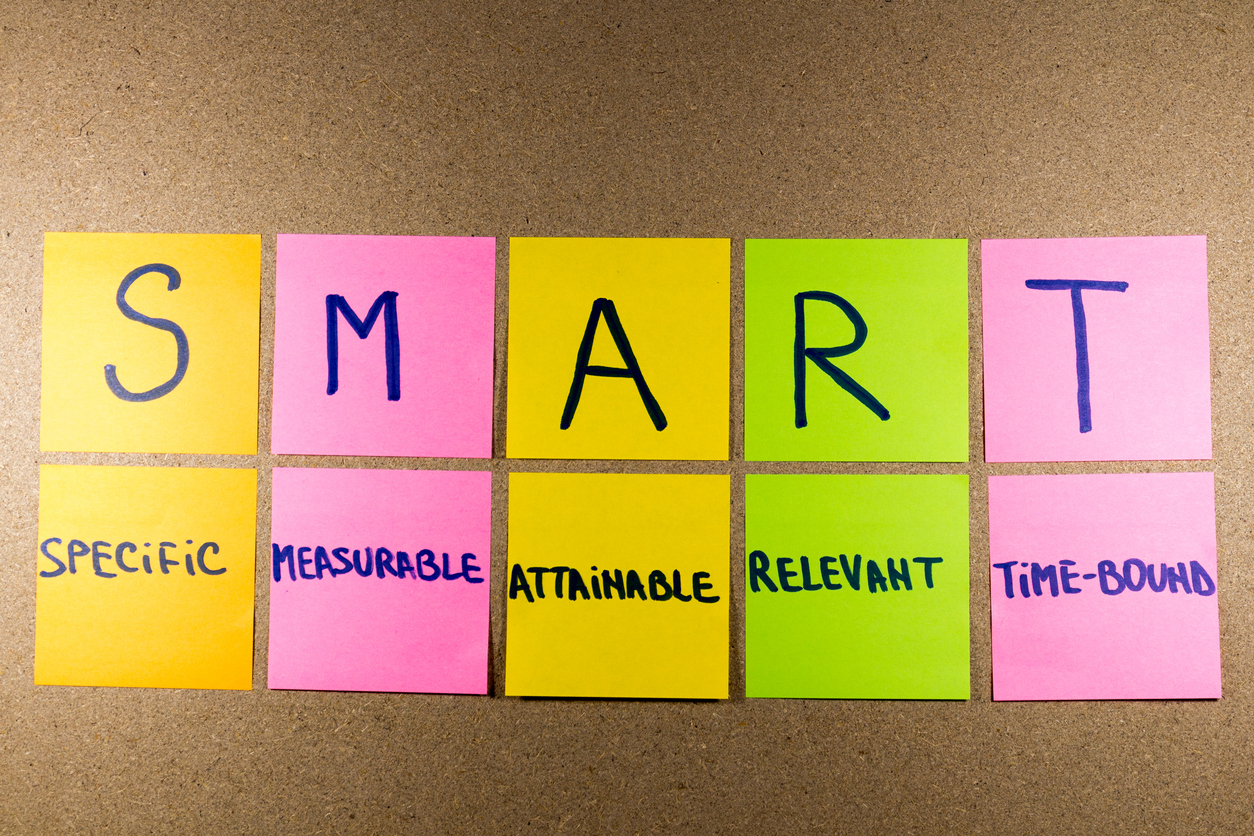Communities, help organizations across all sectors to grow and flourish. In terms of nonprofit fundraising, a “community” consists of people with same interests, support a common cause, or are affiliated to the same group. A community is formed with members having a collective sense of selflessness and a belief that they can make a difference. When people come together for a shared goal, the organization benefits as it gets easier to spread the message and gain support.
Fundraising for nonprofits can be a lot easier with the collective efforts of a community. But before building a community and mobilizing them to connect, attract and grow gifts, nonprofits should:
- Remember that community building is not a one-time activity. It’s an ongoing process. It doesn’t have an end. You may appreciate your efforts after successfully boarding a fair number of members but you cannot draw a finishing line. After all, your ultimate goal is to build a community that can be as big as possible. Also, do remember that a member may opt-out of your community at any given point of time and hence, a continuous effort in building one is required.
- Consider technology and digital mediums an inseparable part of today’s life. Today, digital media plays a vital role in nonprofit fundraising. A member may not be always available offline but can be reached through online platforms. Hence, consider online platforms to build your community.
- Keep your efforts alive even if the members are not turning into donors right away.
Let’s build your community from scratch!
Here are four simple steps you can take to start building a community for your nonprofit step-by-step.
- Know yourself: First things first – know your goals and mission. Map out your goals and the larger cause you are working for. Make sure that your members not only value good deeds but are particularly interested in your cause. This helps retain their interest and it is easier to foster a meaningful connection. This is exactly why nonprofits need to evaluate their goals in the first place.
- Know who can be your potential member: Any person whose values, principles or interests align with your goals can be a prospective member of your community. To begin with, try and form smaller groups of people on the basis of age, gender, interests, and geographical location. These criteria will help strengthen community relations. For example, building smaller groups based on the geographical location will allow them to have face-to-face interactions more often.
- Plan the right strategy: A multichannel strategy that includes both offline and online touch-points will work best for community building. Offline is necessary since it allows members to personally know each other and build trust. The popular adage- meet your customers where they are- stands true for nonprofits too. Identify where your potential members hang out, places they visit, such as churches, universities, and clubs. To reach them online, find out which social media channels they prefer to use. Accordingly, construct a compelling social media plan, build your email list and if budget permits, run paid online promotions.
- Time to put your plans into action: Once you devise a strategy that works well for you, start implementing it. But before that, give a time-frame to your plan taking your resources into consideration. A time-frame is necessary for all your nonprofit fundraising efforts. It helps you keep on track.
Building your community without SMART goals might be difficult to accomplish. Knowing your goals and mission, and hence developing a well-framed strategy will make the journey more meaningful. While you onboard new members, do not forget to strengthen your existing relationships.
Fundraising for Nonprofits fundraising goal nonprofit community nonprofit fundraising online donation platforms
Last modified: May 1, 2025

















